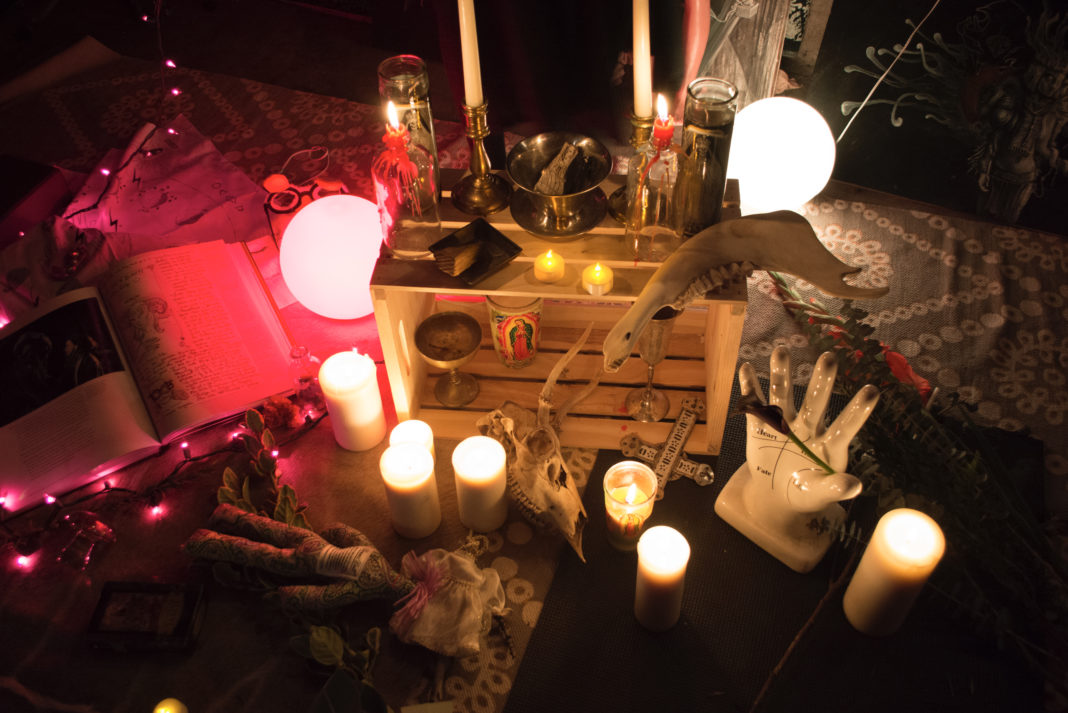Historic Chinese culture was brought to life in Portland State’s Urban Center building last Saturday, Nov. 1.
Dr. Michele Matteini of Reed College discussed fine art and culture of 18th- and 19th-century Beijing at the recent First Saturday East Asian Program Series.
At the start of his presentation, Matteini projected an image of a composite work of over half a dozen Chinese painters and poets. According to him, his focus rested not so much in the aesthetics of the piece, as in the ideas behind its production.
“There’s something that’s very persuasive about it,” Matteini said. “There’s something that seems to be screaming at you and shouting at you, ‘We’re all scholars’…It’s that kind of act of persuasion that I’m actually interested in exploring today.”
Matteini said that this message of scholarly identification and validity was part of a wide range of works connected to what he called the Xuannan mediasphere.
“A mediasphere acts on the world,” Matteini said. “That is to say that [it] projects an image of the place and persuades the public and invites the public to come and experience the place according to what they know through the mediasphere.”
Xuannan was a region of southern Beijing that, throughout the 18th and 19th centuries, was home to a group of scholars who had failed the capital city’s rigorous imperial examinations—a series of tests designed to recruit Han Chinese into the period’s Manchu bureaucracy.
“[Students who failed the examination were not] identified or accepted as officials because they did not have the titles, but [they nonetheless] had an enormous cultural capital,” Matteini said. “That is to say that they had studied for many, many years. They knew how to write, they knew how to think…but lacked the titles.”
These would-be officials played a foundational role in creating the Xuannan mediasphere. According to Matteini, the art that they produced as part of this emerging Xuannan aesthetic allowed them to create their own cultural identity alongside that of the separate, distinct character of the Manchu court.
After the event, Katherine Morrow, programs administrator for the Institute for Asian Studies, talked about how Matteini’s lecture examined not only the art of Xuannan, but the area’s central ethos of scholarly culture beyond the court.
“This talk showcased an angle on art history,” Morrow said. “He showed some scroll paintings…what was nice about this talk [was that it was] not just an analysis of the brush painting and poetry, but the writers and the painters behind it. Who were they?”
According to Morrow, one of the aims of the Institute for Asian Studies’ work toward the First Saturday East Asian Program Series is to get the word out about members of Portland’s academic community and to give them a platform on which to discuss their studies.
“One thing that this lecture series tries to do is showcase local scholars and the work that they’re doing,” Morrow said. “Here was an opportunity to introduce a local professor who I think many in the room were completely unfamiliar with.”
Dennis Lee, chair of First Saturday PDX, talked about Matteini’s background in Chinese art history both in America and in Europe, and how that contributed to the lecture.
“Really, I think part of it is his personality, his background and I think the way he shared his information and the fact that not only has he been a professor of Chinese humanities and art, but also [the fact that he] co-curated this art exhibition…that was displayed at the Metropolitan Museum of Art in New York,” Lee said.
Marc Rose, a PSU student studying history, said that he enjoyed the lecture, but could not pin down his greatest take away from it.
“There’s a kind of subtlety to the talk that involves sort of competing representations of, for example, central Beijing,” Rose said.
Rose said that he has been attending the Institute for Asian Studies’ lecture events since last year and has generally had positive experiences with them.
“For example, studying modern Chinese history and the Chinese government’s patriotic education program…We had a talk by a guy who wrote the book on it, in a way, a Chinese-American scholar from the Woodrow Wilson Center,” Rose said.
The next event featured in the First Saturday East Asian Program Series will be Confucian Sacred Landscapes, a discussion of Asian architecture and gardens featuring PSU’s own Dr. Linda Walton. The event will take place Saturday, Dec. 6 from 9:30 a.m. until 11 a.m. at the PSU Urban Center in Room 250.






